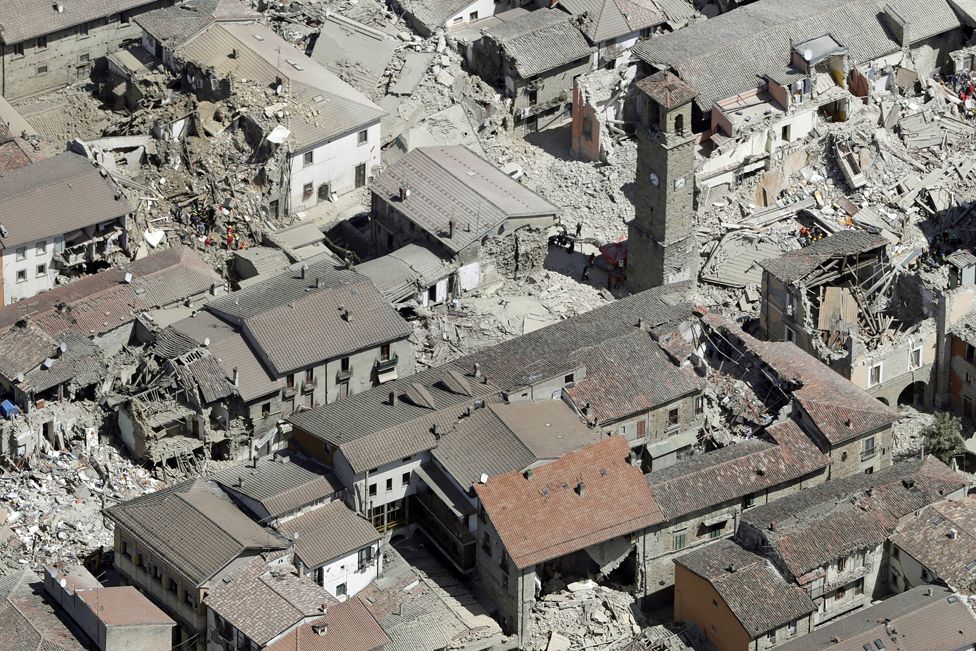Because we are intense users of DMR with Motorola infrastructure (DR3000 repeaters connected with SmartPTT from ElcomPlus), we were interested to use the same infrastructure for file transfer.
Therefore as the first choice, we came to SmartPTT File Transfer freeware from the same ElcomPlus.
The second choice is to use the SmartPTT RadioServer, which is the paid solution.
On the internet are some discussions about this but the guys have mixed emotions about this solution.
After some intense tweaking and testing in the real world, we came to conclusion that the Help file of the freeware is somehow insufficient to obtain consistent results.
Short story, in order to make the SmartPTT File Transfer to work you will need one radio to be defined as "SERVER". This will be the receiving side of the system.
We assumed that this radio will use the ID 2263002.
Short digression:
By using this online IP conversion tool, we transform the SID 2263002 to IP: 0.34.135.218.
Because, in the ham network we are all using CAI 12 (First octet) we will substitute the "0" with... "13"! Yes, that's right, Motorola add 1 to the CAI to obtain the first octet!
This is to be found in the MotoTRBO System planner in an obscure note :-) but if you want to know more, i strongly recommend you to read this.
So, the IP address of the radio interface of the Server radio is 13.34.135.218.
For the test radio I wanted to taste a range of ID's, from 2260000 to 2269999. So, we will have a range of IP's from 13.34.124.32 to 13.34.163.47. In network terms, we can define the range as 13.34.0.0 with mask 255.255.0.0. This will be needed further, when we will set the route in the routing table.
1. Setting up the radios.
-Both of them have to use a common Talkgroup for file transfer.
-Both radios are connected to a corresponding computer via USB cable.
-On BOTH RADIOS, define a channel in the CPS and check for the following:
TX Preamble
Uncheck "Data call confirmed":
2. Adding the radio interfaces to routing table.
This is delicate. On the server PC (receiving side) we have to add a range of radios IPs. On the Client PC (the sender), we can add only the sending radio IP. But, for the sake of testing, I added the whole range to both computers used in the experiment.
To add the routing table, we have to start CMD in Administrator mode. This is important to the next step because if you don't do it so, you will not be able to save the new routes.
After you open the CMD window, you will have to put the route calculated for your network with the following line:
Radio IP Range Gateway Radio IP
route add -p xxx.xxx.xxx.xxx mask 255.255.0.0 192.168.10.1
"Radio IP Range" will be calculated as shown above.
"Gateway radio IP" is the IP of the USB interface of the radio connected to the PC.
3. Setting up the Client and Server.
To simplify the things, I am showing here both pieces of software ready to be fired up.
On the Client you have to set the ServerID which is 2263002.
On the Server side, you have to open the Settings and add the Client radios. This set the permission to accept file transfer from that particular ID's.
That is all you need, go test it!
How we use this?
We defined the destination folder for transmitted files in an OneDrive folder in the Microsoft Office365 platform we are using. Therefore, after receiving it, the file is available online for all our team.
Of course, there is a posibillity to send files directly to a SmartPTT RadioServer but this will be our little dirty secret!
Thanks to ElcomPlus for supporting RVSU, the Romanian Radioamateurs Emergency Network!
73






















































